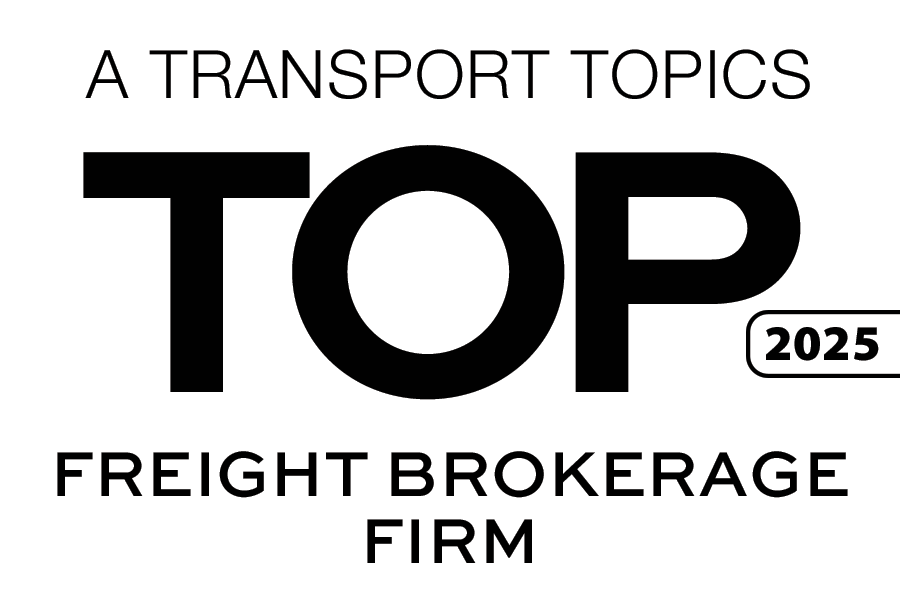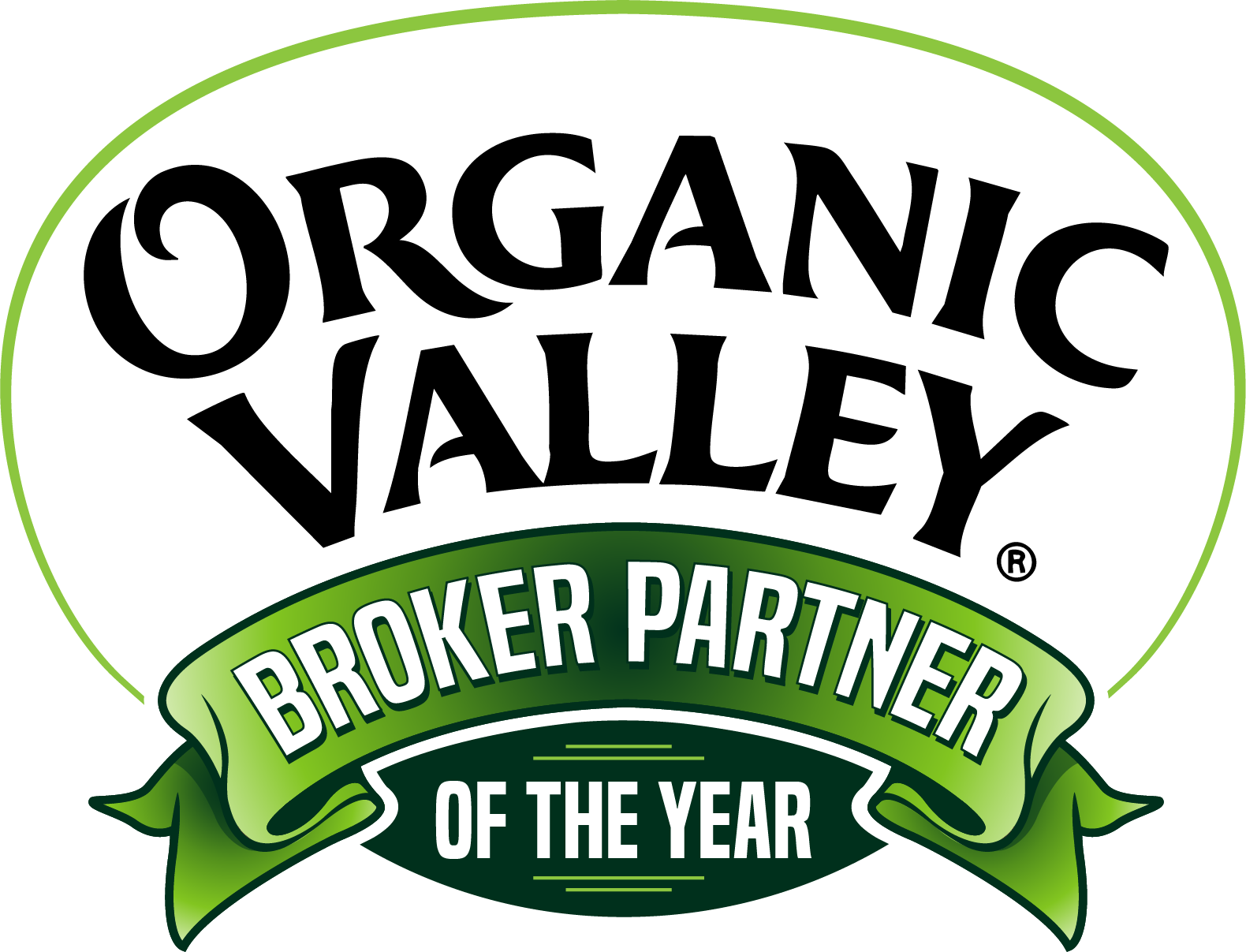The Dark Side of Logistics: Top Freight Scams You Need to Know
August 11, 2025
 Freight fraud is on the rise, and it’s not just the occasional fake email or suspicious phone call. Fraudulent carriers are becoming more sophisticated, and their tactics are evolving faster than the tools meant to stop them. At Triple T Transport, we believe staying informed is the first step in staying protected. Here are the top five freight fraud tactics plaguing the logistics industry today.
Freight fraud is on the rise, and it’s not just the occasional fake email or suspicious phone call. Fraudulent carriers are becoming more sophisticated, and their tactics are evolving faster than the tools meant to stop them. At Triple T Transport, we believe staying informed is the first step in staying protected. Here are the top five freight fraud tactics plaguing the logistics industry today.
Buying New Authorities Online
Some carriers are taking shortcuts by purchasing existing USDOT numbers through Facebook groups or online forums. After gaining control, they change contact information and operate under the guise of an established business. The problem? These operations often ignore regulatory requirements, mask prior violations, and use the “age” of the USDOT number to slip through basic vetting filters. According to FMCSA regulations, USDOT numbers are tied to a specific business and tax ID. A legitimate transfer of ownership requires a new USDOT application, not identity swapping. What looks like a legal business acquisition is often a cover for fraud.
Ghost Carriers
Also known as chameleon carriers, these bad actors cycle through USDOT numbers to dodge audits and keep regulators guessing. On the surface, they appear clean, with good safety scores and operational history. But in practice, they frequently swap placards, change business names, and hide behind layers of shell companies. The illusion of legitimacy puts freight at risk and leaves brokers and shippers with no clear line of accountability.
Online Identity Theft
Freight fraud isn’t just physical anymore. Hackers gain access to a legitimate carrier’s email system and impersonate them to book loads. Everything from the domain to the email signature and contact info looks real, but it’s not. The fraudster books the load, picks it up, and disappears. By the time the real carrier realizes something’s wrong, the freight and payment are long gone.
Falsified Documents
Fraudsters don’t need to steal freight to make money. Some simply forge the paperwork. They alter piece counts, fake signatures, or submit entirely fake proof of delivery (PODs) to get paid before anyone realizes a shipment was short or never arrived. These scams can slip past even experienced teams if proper documentation procedures aren’t followed.
Double-Brokering
 This increasingly common scam involves a fraudulent carrier accepting a load, then quietly handing it off to another carrier without informing the broker or shipper. Double-brokering introduces major risk, including loss of visibility, accountability issues, and compliance violations. In some cases, the load moves under an entirely different USDOT number, making it difficult to track who is actually responsible if something goes wrong.
This increasingly common scam involves a fraudulent carrier accepting a load, then quietly handing it off to another carrier without informing the broker or shipper. Double-brokering introduces major risk, including loss of visibility, accountability issues, and compliance violations. In some cases, the load moves under an entirely different USDOT number, making it difficult to track who is actually responsible if something goes wrong.
Protect Yourself and Your Supply Chain Partners
In today’s logistics environment, telling shippers to “vet your carriers carefully” isn’t enough. The real solution lies in smarter systems, stronger partnerships, and experienced logistics providers who know how to spot red flags before it’s too late. At Triple T Transport, our team is constantly monitoring these evolving threats and applying our decades of industry knowledge to keep your freight moving safely.
Partner with a logistics provider who understands the game. Contact Triple T Transport to learn how we protect our clients from the hidden risks of freight fraud.














